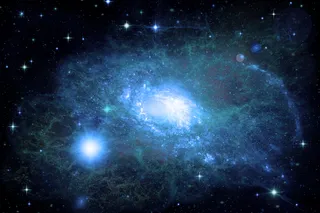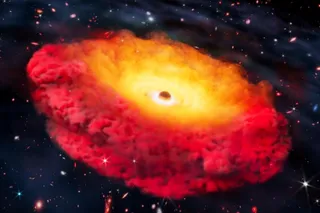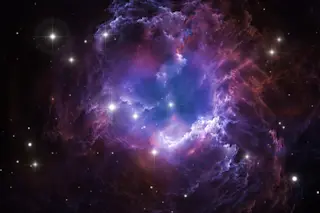Brian Greene: Back to blow your mind. Having explained string theory to the masses in his bestseller The Elegant Universe and untangled the fabric of the cosmos in The Fabric of the Cosmos, the superstar physicist returns this month with The Hidden Reality, an ode to multiverse theory.
By now, the 11-dimension string theory models of his earlier books ... are looking downright commonsensical. “The Hidden Reality” moves on to increasingly speculative and exotic discussions of a bubble multiverse (“Think of the universe as a gigantic block of Swiss cheese. ...”) a holographic one, a brane-world scenario (courtesy of string theory), computer-driven simulations, questions of how probability relates to infinity, and the Many Worlds view of quantum mechanics. “A frequent criticism of the Many Worlds approach is that it’s just too baroque to be true,” Mr. Greene writes. [The New York Times]
Multiverse theory—the idea that our universe and its ...













